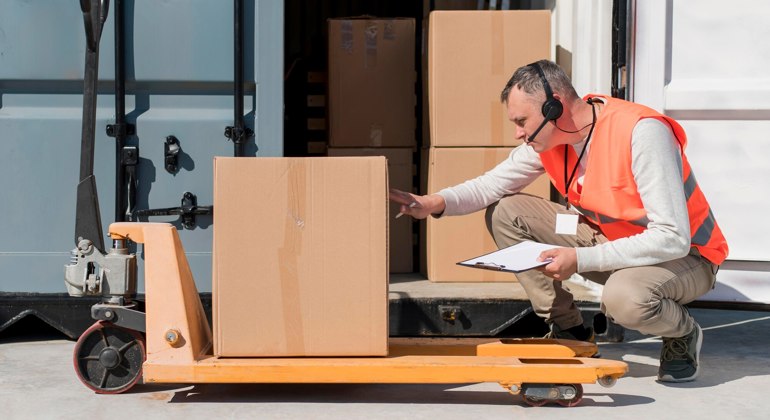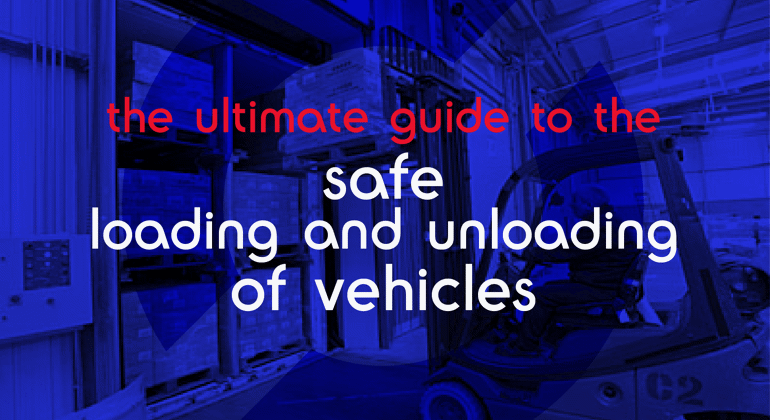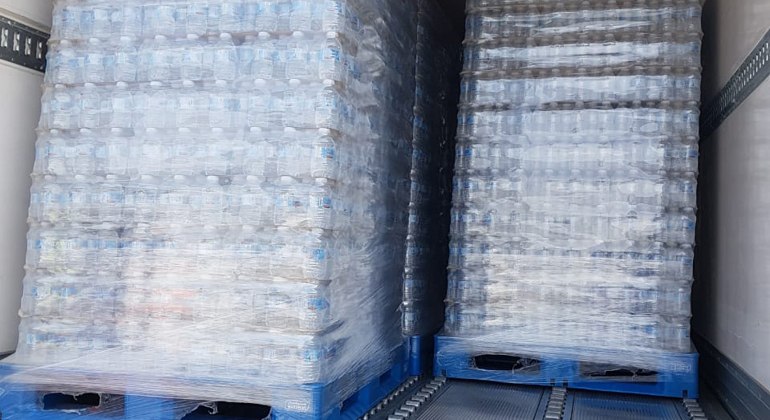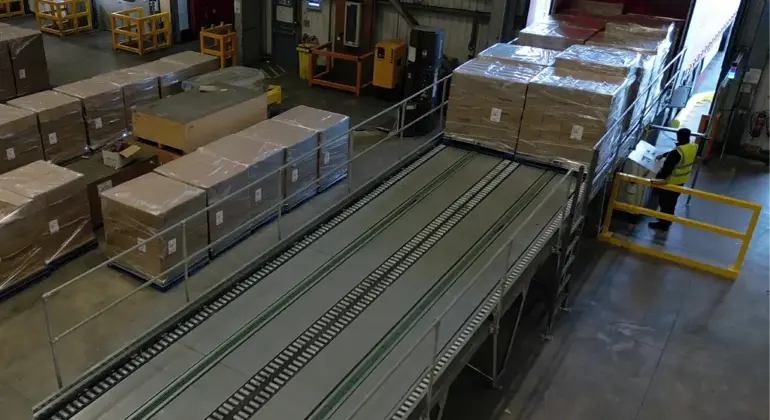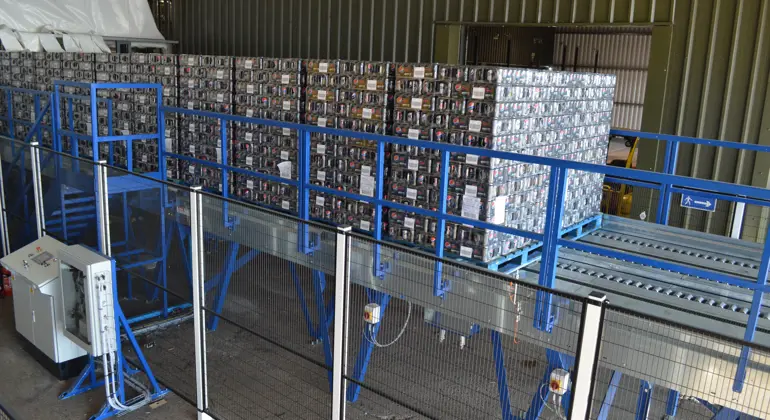What is The Correct Way to Load a Truck Safely?
The safest way to load a truck is to distribute weight evenly, secure every load, and follow an approved loading plan that reduces manual handling risks. The heaviest items should sit against the bulkhead, with load-securing equipment used to prevent shifting during transport.
Using mechanical or Automated Loading Systems can significantly reduce risk by creating a controlled, repeatable loading environment and minimising reliance on manual labour or forklifts.
How Should Pallets be Loaded on a Truck for Maximum Stability?
Pallets should be loaded in straight rows, turned loading or pinwheeled depending on pallet size, vehicle width, and stability requirements. Heavy or dense pallets should be placed at the front, and gaps between pallets should be eliminated to reduce movement.
Automated loading systems ensure pallets are loaded in a consistent pattern, preventing uneven placement, reducing handling errors, and improving pallet-to-pallet contact. which are key factors in maintaining load stability.
What is The 60/40 Rule When Loading a Truck or Trailer?
The 60/40 rule recommends loading 60% of the weight toward the front of the trailer and 40% toward the rear. This creates a forward centre of gravity, improving steering, braking efficiency, and stability under emergency manoeuvres.
Loading systems naturally encourage correct weight distribution because they load pallets in controlled sequences, following the same pattern every time. This improves compliance and helps standardise safe loading practice across teams.





